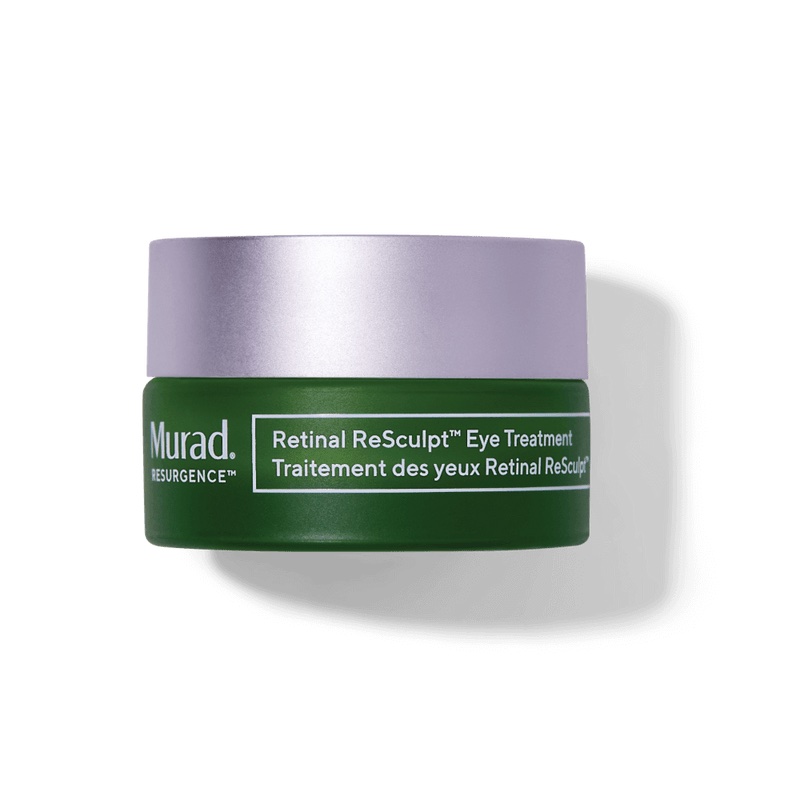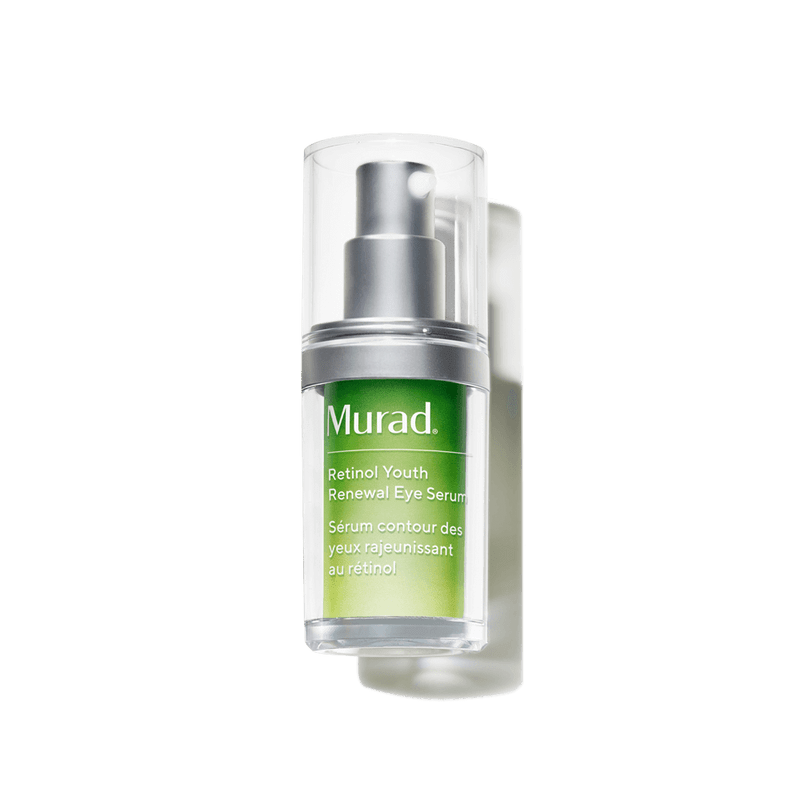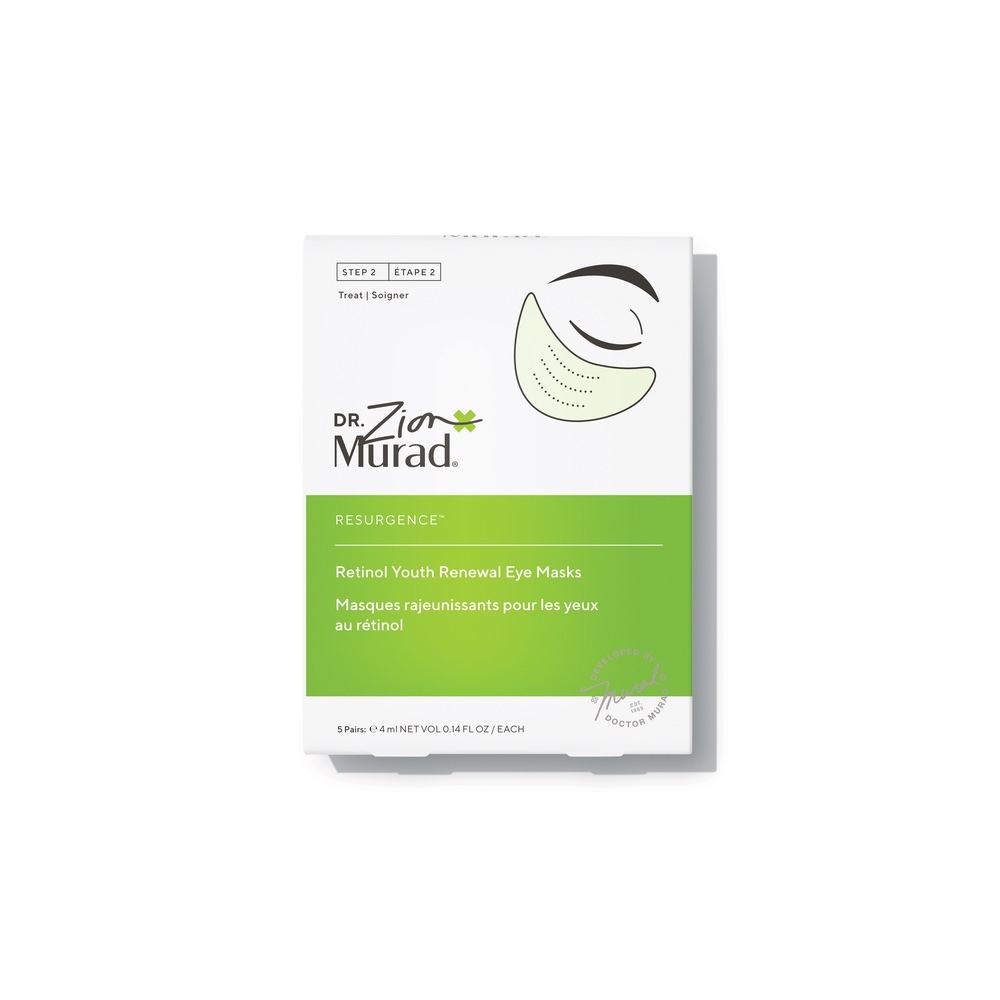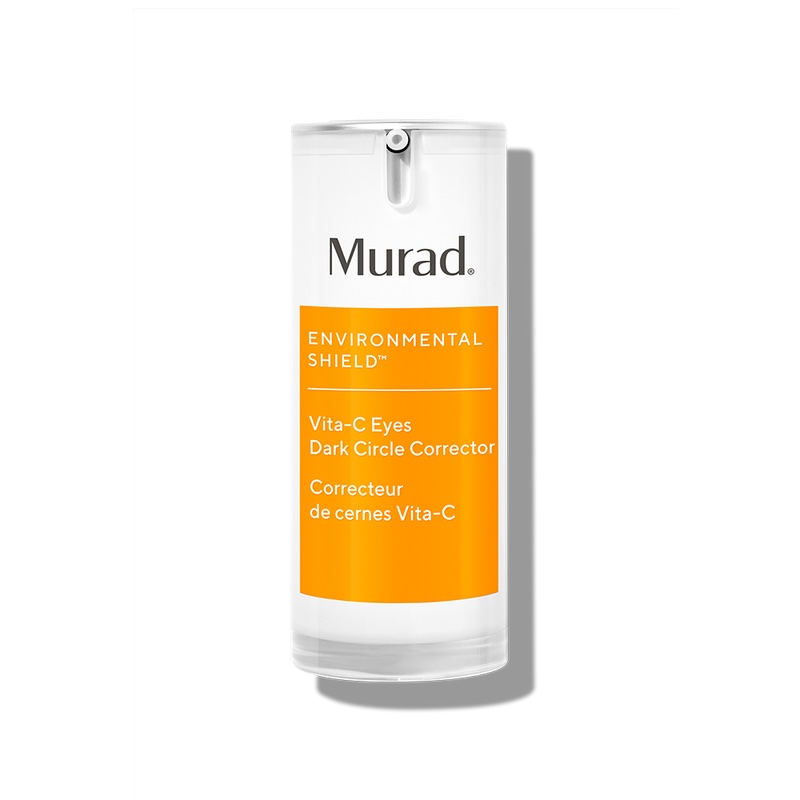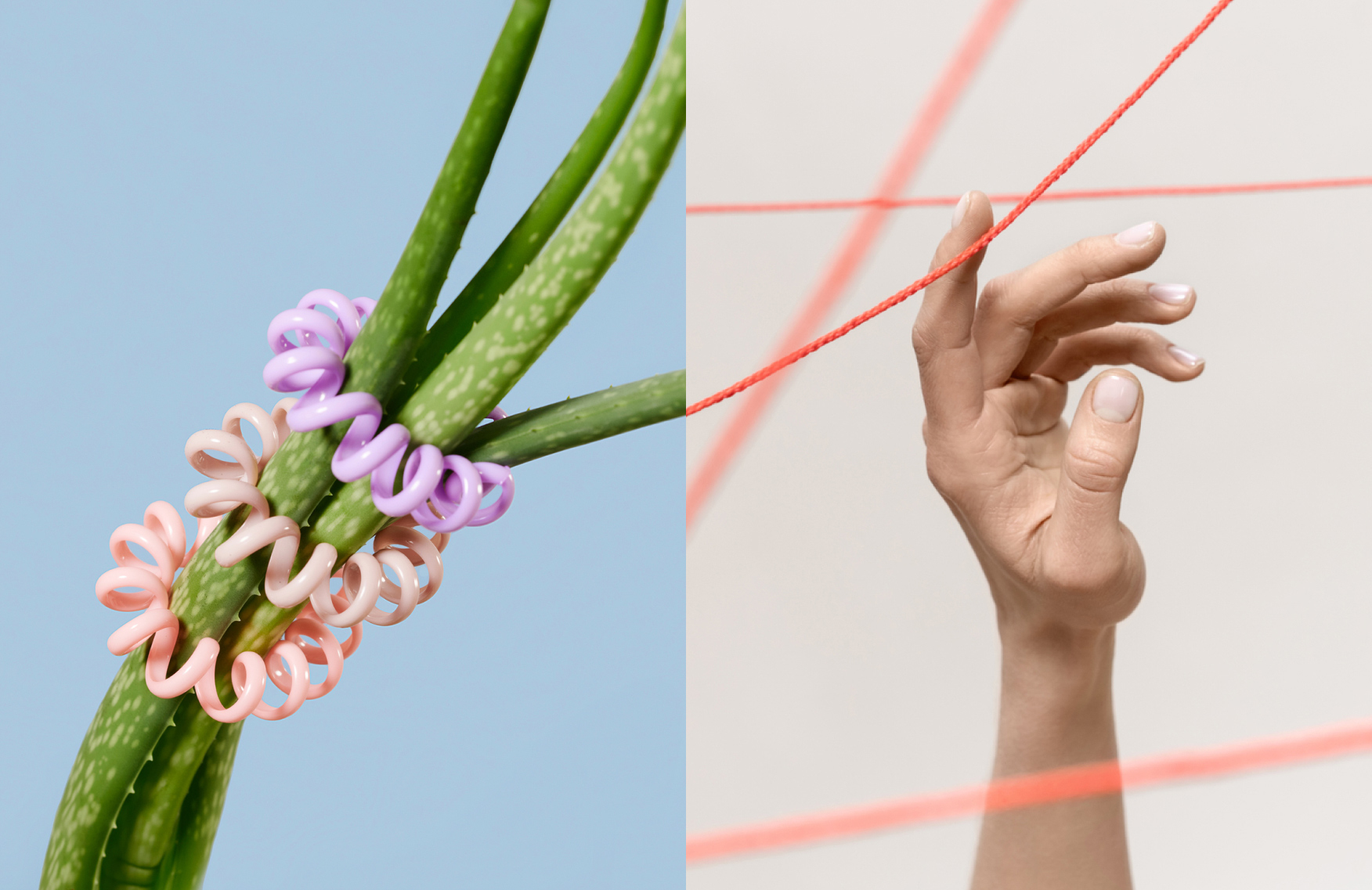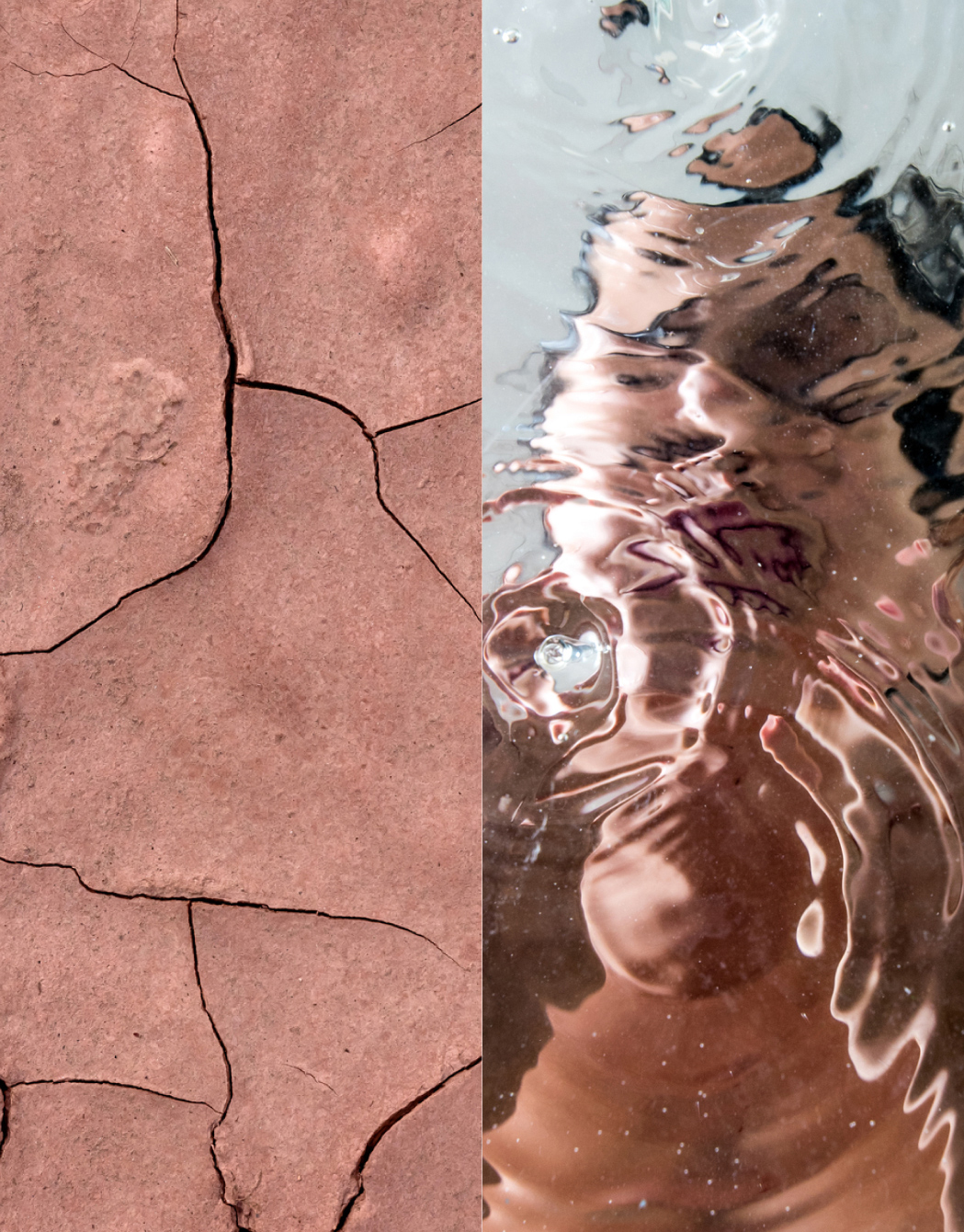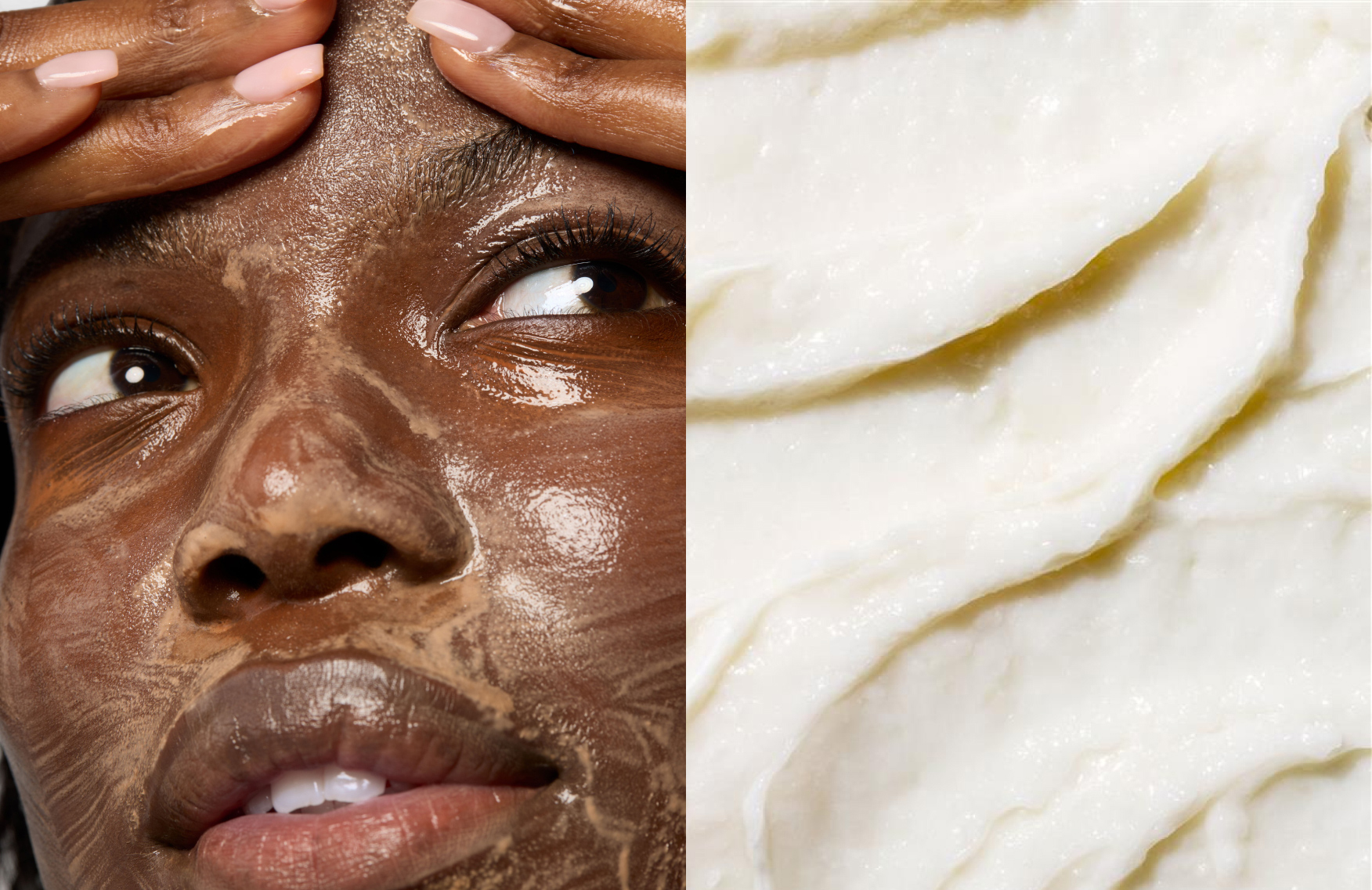Under-eye bags ruining your mornings? Here’s how to send them packing
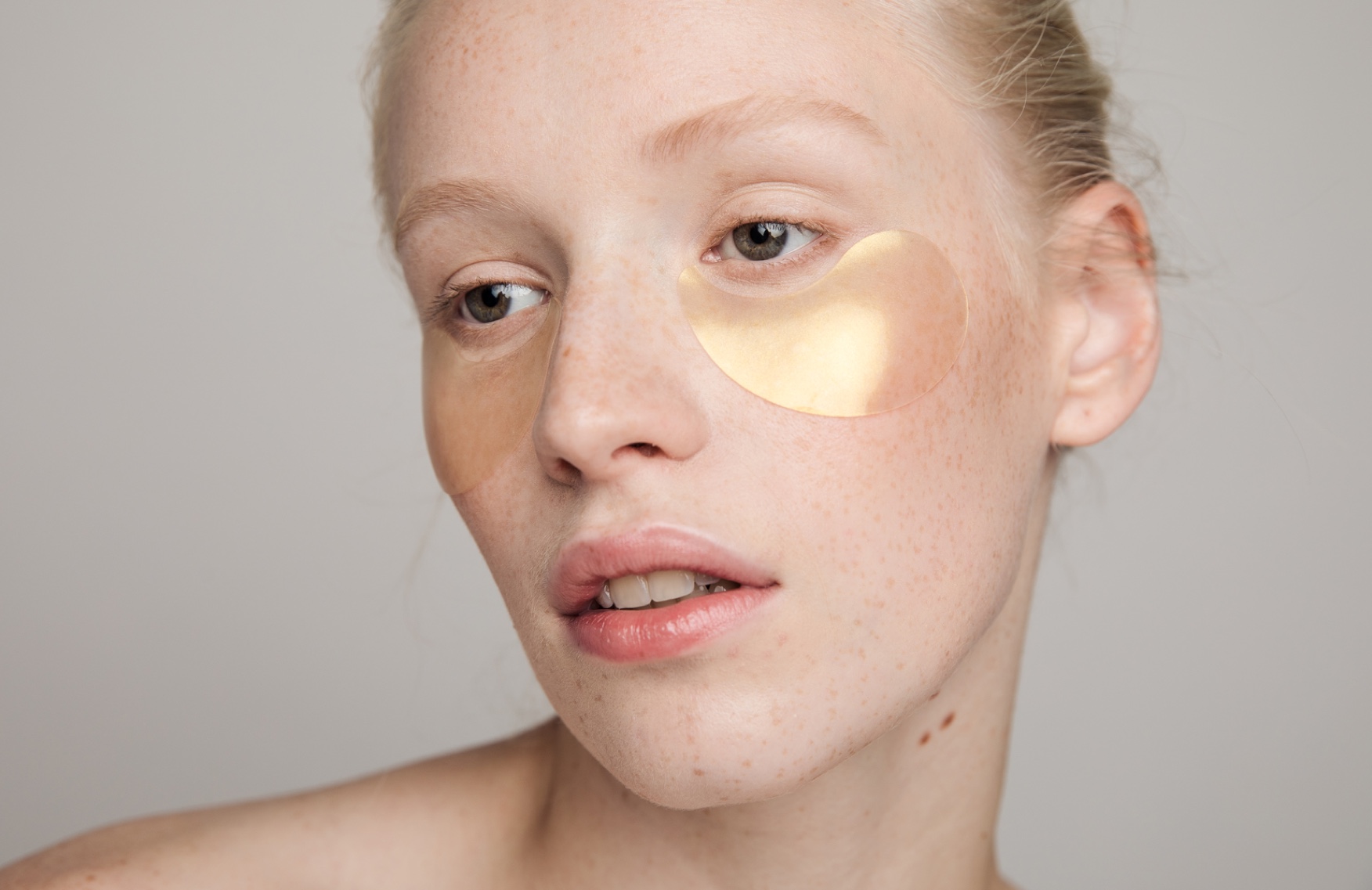
Ok. You woke up with bags under your eyes. AGAIN. But WHY? Before you google down a puffy-eye rabbit hole with the question “Why do I wake up with bags under my eyes” we’re here to break down the facts of bags under your eyes in the morning, how you can avoid them and the best ways to banish under-eye bags once and for all with effective skincare solutions.
Unpacking the mystery of under eye bags
The truth: Bags under the eyes in the morning hours are a common experience.
According to experts, the main cause of under-eye bags or puffiness is natural aging. And that can include things like hormonal imbalance skin issues. However, just because eye bags are more likely to occur as you and your skin mature, doesn’t mean there aren’t a few things you might be doing to inadvertently make them more prominent.
The role of nutrition: how your diet affects your eyes
You’re likely aware that the human body is sensitive to the food we ingest. (As they say, we are what we eat.) As such, your facial tissues may be quick to react to dietary changes. There are two key diet-related issues that can contribute to under-eye bags:
- Dehydration: The body needs ample supplies of water to replenish itself. If you don’t drink enough water or sweat out more than you replace, under-eye circles and sunken eyes can be direct effects of dehydration.
- Fluid retention: Having excess fluid inside the body can also lead to eye bags. Excess sodium is the most common cause of fluid retention.
Take a quick inventory of your daily food and water intake. Did that 3 pm craving for a bag of salty chips lead to bags under your eyes? (It’s possible.) Did you forget to pound water after a workout? (That’s a likely trigger.)
Late nights: Poor sleep can wreak havoc on your eyes
When you’re dealing with sleep deprivation, waking up with some saggy, discolored under-eye bags as a souvenir of your long night isn’t too surprising. What’s not as typical is if these bags are appearing on a regular basis. Try following a more regular sleep schedule so your skin can rest and refresh.
Libations: The impact of alcohol on your eyes
Researchers suggest that alcohol overuse may contribute to periorbital hyperpigmentation or dark circles around the eyes. The reason goes back to the impact of diet on skin health. Dehydration is a recipe for under-eye bags and drinking alcoholic beverages is dehydrating to the body.
Consider cutting down on the number of drinks you consume or be sure to replenish your hydration levels by drinking lots of water to lessen your chances of waking up with puffy eyes after a night out.
To depuff eyes in a pinch: Common household items
- Chilled spoons: The low temperature-metal makes dilated blood vessels smaller, reducing the appearance of bags and dark circles.
- Cold compresses: Similar to chilled spoons (but slightly less intense), these also shrink the blood vessels under your eyes. Cold packs also restrict blood flow to the area which can reduce swelling and eye puffiness.
- Cucumber slices: Chill your cucumber in the refrigerator. Then, cut two slices about half an inch thick and place them over your eyes as you relax and recline your head. The cool cucumbers will soothe your skin, nourish the area and reduce swollen eyes.
For longer-lasting results: Products for under-eye bags
Invest in scientifically backed ingredients that are meant to target specific skin concerns, like:
- Caffeine: This long-trusted ingredient is famous for depuffing eyes quickly—especially when formulated with ingredients like ginseng
- Light reflectors: Ingredients that help catch light and reflect it can make puffy eyes (and dark circles) look much worse as you work to bring them down
- Retinol: This powerful treatment improves skin elasticity, which can help with puffy eyes triggered by weakened skin elasticity
- Mango butter: Packed with repairing and protecting properties, this ingredient is great for leaving your skin silky, smooth and hydrated
References for this information:
Johns Hopkins Medicine Website, Health
Dermatology & Mohs Surgery Institute Website
Action on Salt Website, Salt and Your Health
The Journal of Clinical and Aesthetic Dermatology, 2016, volume 9, issue 1, pages 49-55
Cleveland Clinic Website, Health Library
Fitoterapia, 2013, volume 84, issue 227-236
Advances in Dermatology and Allergology, 2019, volume 36, issue 4, pages 392-397
Indian Journal of Pharmaceutical Sciences, 2008, volume 70, issue 4, pages 539-542
